And some solutions too!Teachers who are looking to integrate comics and graphic novels into their regular classroom practice routinely face the issue of having colleagues who are very reluctant to do likewise. This is not surprising in and of itself, but you might not know what is actually behind the reluctance. Having talked to many educators on this very subject over the years, three facts stand out about these attitudes of resistance. Although we might think that most teachers who are reluctant to use visual narrative in the classroom simply believe that comics and graphic novels are unworthy of treatment, this only seems to be about the fourth or fifth most common response. Here are the top three: Number 3 Challenge"I don't know what an appropriate graphic novel for a junior or middle school classroom might be" This is a pretty common admission. Teachers will often tell me that they're unsure of how to go about finding a good, readable, pedagogically-suitable, age and content- appropriate graphic novel for their students. Solution"It takes reading, research, and collaboration with those who have used visual narrative in their classrooms." This is the best, and indeed the only, solution. Number 2 Challenge"How can I convince parents that comics and graphic novels are the best thing for their academic child? I get this one a lot as well. Many teachers don't have a problem with the genre, but can't necessarily articulate to a parent its inherent value over traditional genres. Solution"A 21st-century learner must be able to have an understanding of and a facility with a wide range of reading materials. These include visual narrative." This is difficult to argue with and parents seldom do. Number 1 Challenge"I didn't grow up reading graphic novels and don't really understand them." This is the most common admission teachers make to me and it usually comes near the end of the conversation. Some don't really understand how to teach the genre. Solution"Just admit to students that it's a form you are learning with them and that you'll need to help one another in making meaning from the works you are reading." Work alongside your students and grow with them.
1 Comment
3/25/2014 10:48:33 am
I think the first and third points are quite related, in terms of what we expect from teachers in expertise. On the one hand, we want teachers to be knowledgeable about the subject matter they teach. On the other hand, we want to encourage teachers to explore new modes of teaching with new mediums such as comics. I think the encouragement here is spot on - that it's a learning process for the teacher as well as the students.
Reply
Your comment will be posted after it is approved.
Leave a Reply. |
Glen DowneyDr. Glen Downey is an award-winning children's author, educator, and academic from Oakville, Ontario. He works as a children's writer for Rubicon Publishing, a reviewer for PW Comics World, an editor for the Sequart Organization, and serves as the Chair of English and Drama at The York School in Toronto. If you've found this site useful and would like to donate to Comics in Education, we'd really appreciate the support!
Archives
February 2019
|
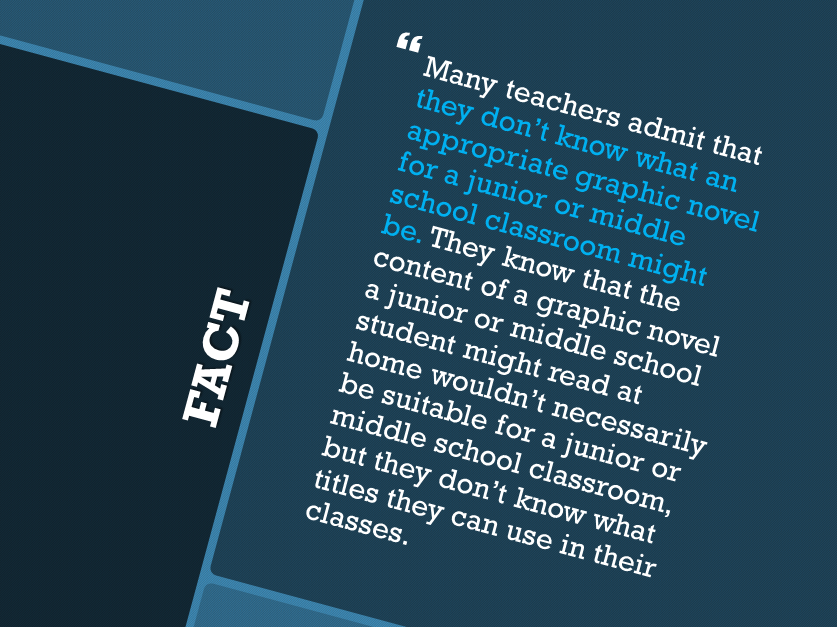
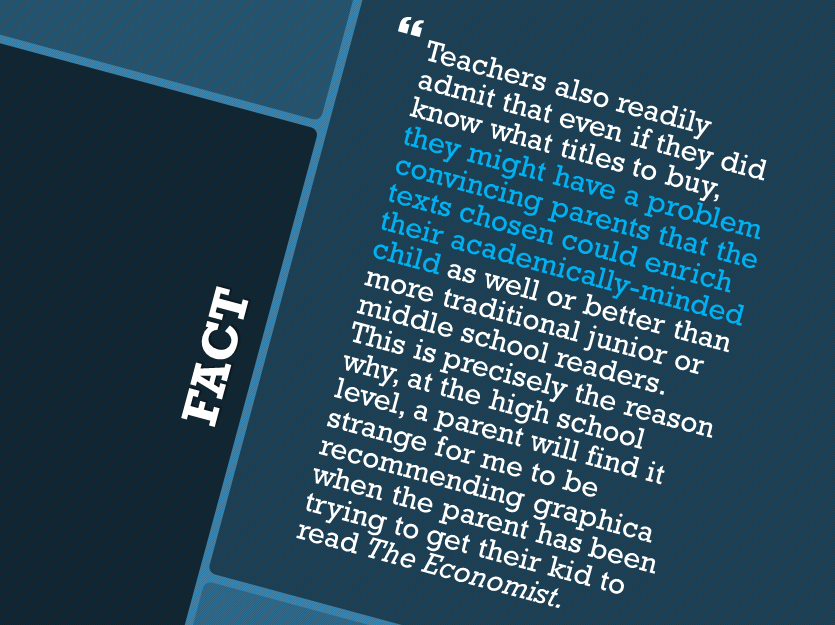
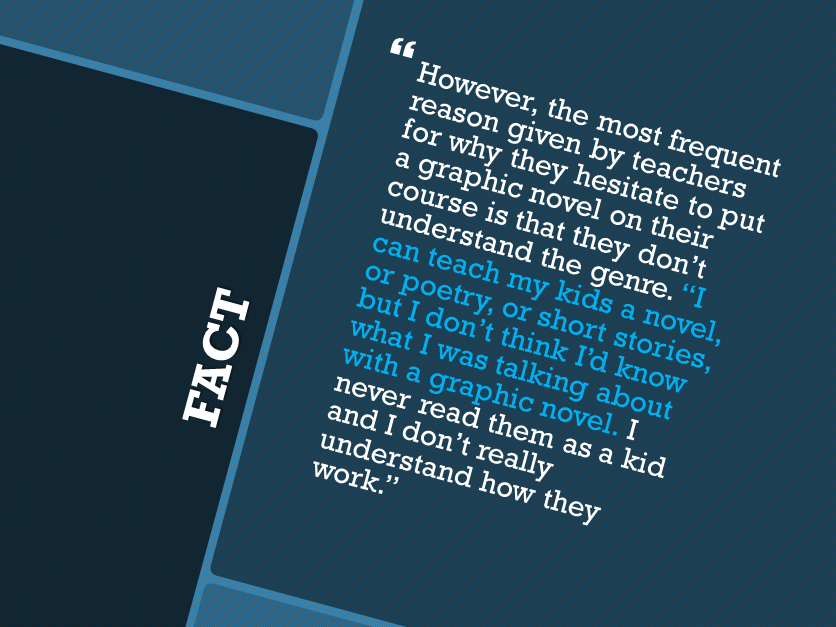

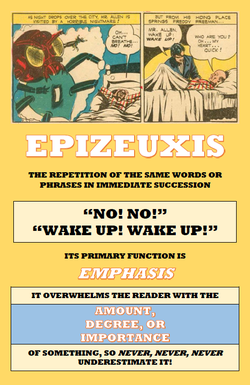
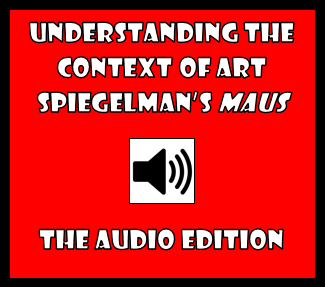
 RSS Feed
RSS Feed
